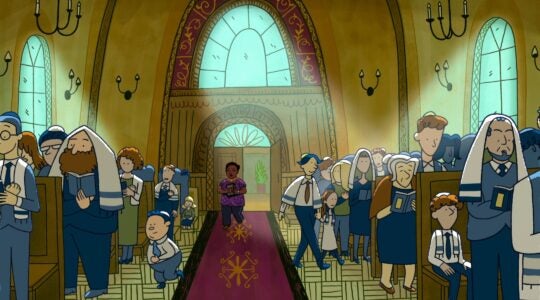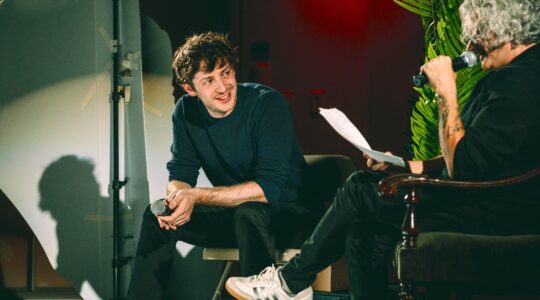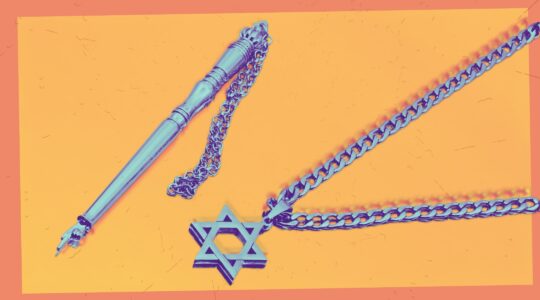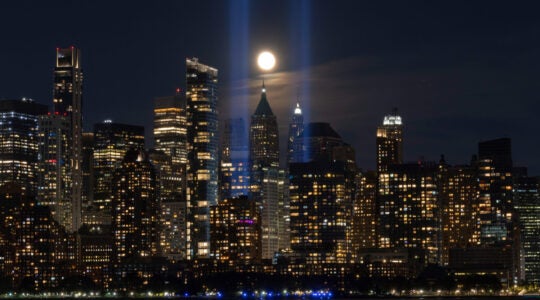Some Jews believe the Torah is divinely written. Some believe it is divinely inspired. Others insist it’s a collection of myths.
Some synagogues complete the cycle of reading the Torah each year; others read it over a period of three years. But with all of our differences, not to mention our internal debates and deep divisions, we still honor the same Torah, the same words written thousands of years ago that even today are inscribed lovingly by hand, on parchment in ink. And it is on Simchat Torah — Monday night and Tuesday this year — when we complete the reading of the Torah, with the death of Moses, and immediately begin again with the dawn of creation. It’s also the day we celebrate this sacred treasure that binds us to our heritage and each other — not to be taken for granted.
Every evening in the Maariv prayer we thank the Creator for the Torah and its commandments, asserting: “For they are our life and the length of our days, on them we will meditate day and night.”
Perhaps the most poignant moments of Simchat Torah in the synagogue are when all of the children under the age of bar or bat mitzvah, or many of them, from infants to 12- and 13-year-olds, gather under a large tallit, held aloft over them, and recite the blessing over the Torah together — a remembrance of the past and a promise for the future.
On this Simchat Torah, however you mark the occasion, take a moment to appreciate the unifying miracle for such a diverse flock. Whether accompanied by traditional songs, ear-piercing rock bands, chasidic-style dancing or all of the above, let us rejoice in being part of a small people that has survived for thousands of years — and in the text that has kept us together, the narrative of our history.
Chag sameach.
The New York Jewish Week brings you the stories behind the headlines, keeping you connected to Jewish life in New York. Help sustain the reporting you trust by donating today.




